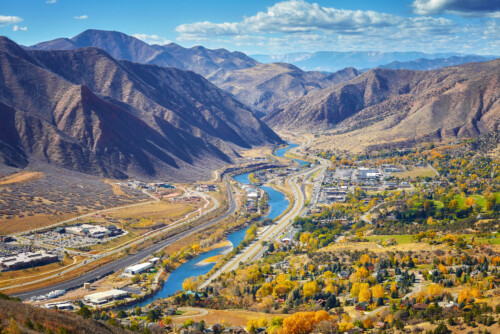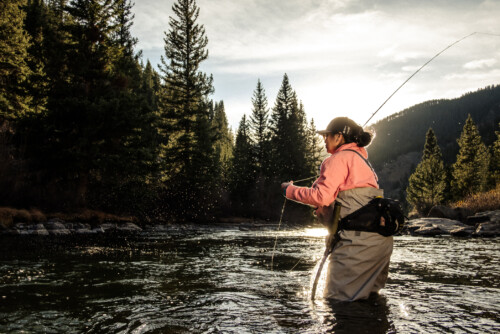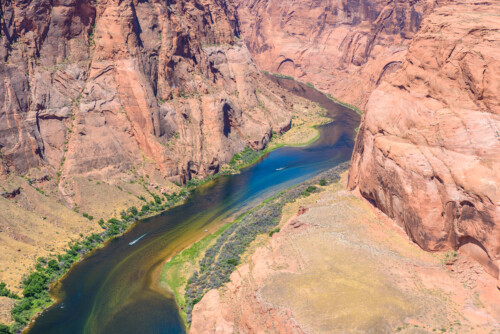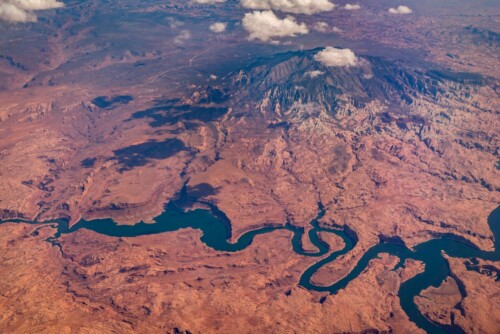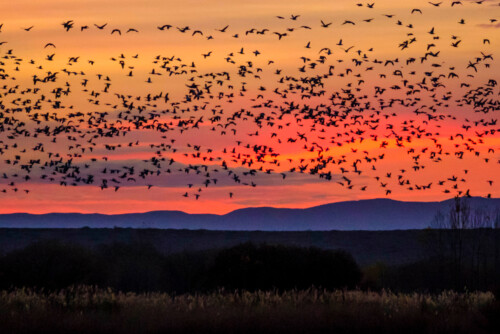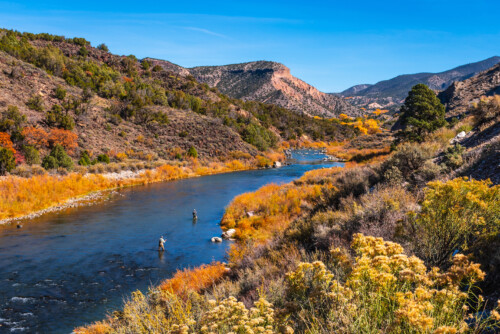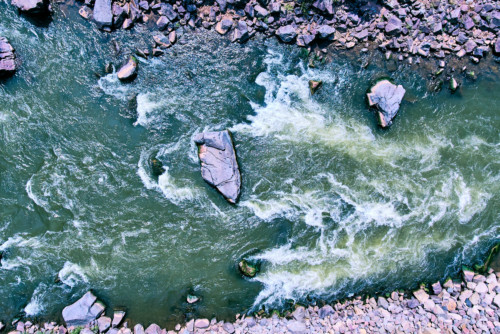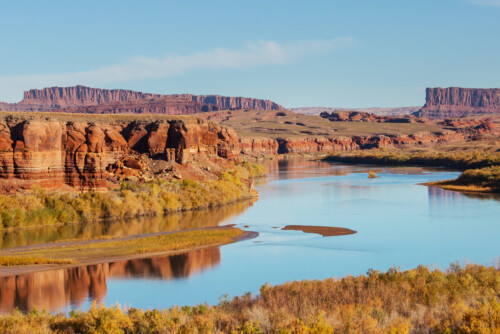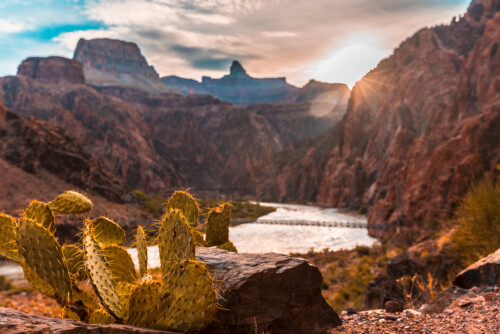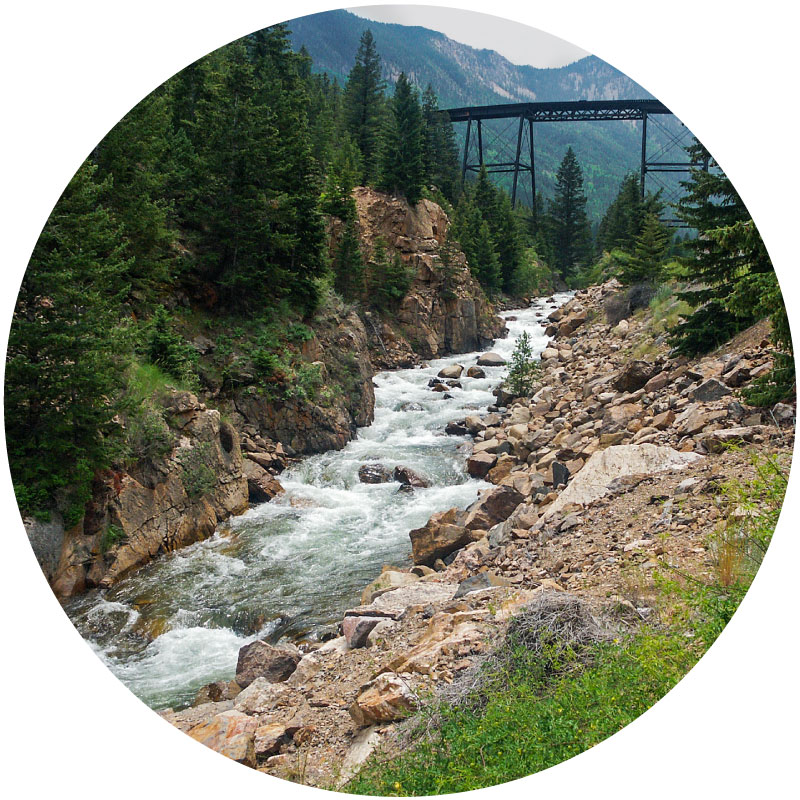
What is an Outstanding National Resource Water?
In waters designated by a state as Outstanding National Resource Waters, water quality must be protected and maintained. While some minor and temporary water quality degradation may occur in a watershed with designated Outstanding Waters based on a specific activity – for example during road paving in a park – that degradation must be minimized, and the water quality must return to its pristine state after the activity is completed.
Outstanding Waters Designations Differ by State
While the Clean Water Act gives states the authority to make these designations, it does not provide a standard procedure for designating Outstanding Waters. States need to establish a process before they can begin to designate pristine waterways, which means the mechanisms and requirements can vary considerably across the West.
In Arizona, for example, after public notice and comment, the director of the state’s Department of Environmental Quality has full authority to classify surface waters. An Outstanding Water designation in Idaho, on the other hand, requires the support of not one, but two, decision-making bodies: the Idaho state legislature, and the governor-appointed state Board of Environmental Quality. In Montana, an Outstanding Waters proponent must pay the cost of an environmental impact statement covering a proposed designation before the proposal will be considered. Nevada has yet to establish a mechanism.
Each state can also set its own way of naming the designation of waters. For example, in Arizona the designation is called Outstanding Arizona Waters, and in New Mexico, the designation is called Outstanding National Resource Waters.
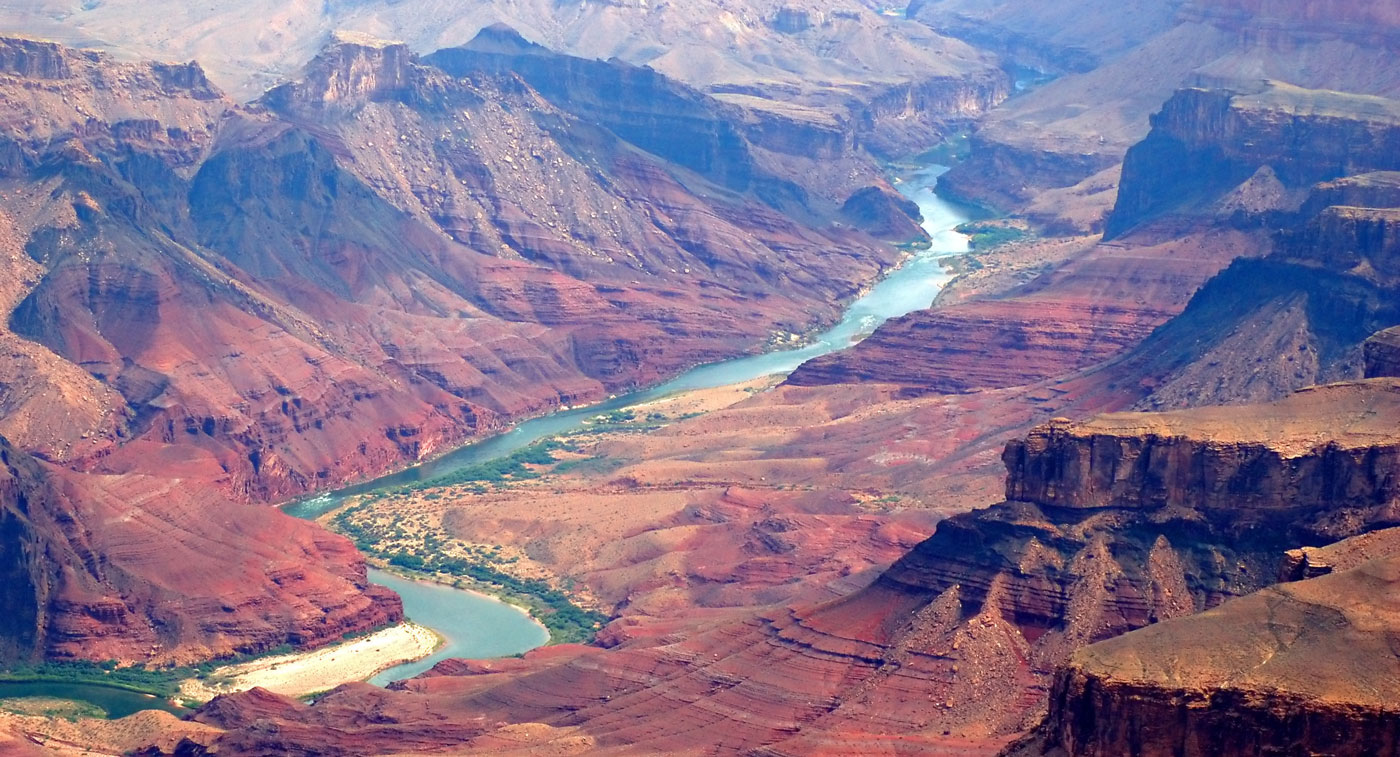
The Potential for Outstanding Waters Designations Also Differ by State
Because of those different state processes, Western states also vary considerably in their potential to successfully designate Outstanding Watersheds. Some states offer more opportunity than others due to state level policies, specific agency requirements, or the specific combination of land use practices of different areas of the states.
Several states in the West have successfully designated Outstanding Watersheds. For example, Arizona has designated 22 Outstanding Arizona Waters. The majority are on national public lands, though some are at least partially on state or private land. New Mexico has designated 29 Outstanding National Resource Waters, and there are many other bodies of water in New Mexico that could benefit from Outstanding Watersheds designation. Many are on federal land, while others pass through a checkerboard combination of state and private land. Colorado has designated 59 stream segments (4,000 river miles) as Outstanding Waters. This includes surface water within wilderness areas, Rocky Mountain National Park, and several other streams and rivers.
WRA continues to work with all of these states and more to determine the best way to protect Western watersheds from harmful land use practices that would permanently degrade the quality of our most important streams.

